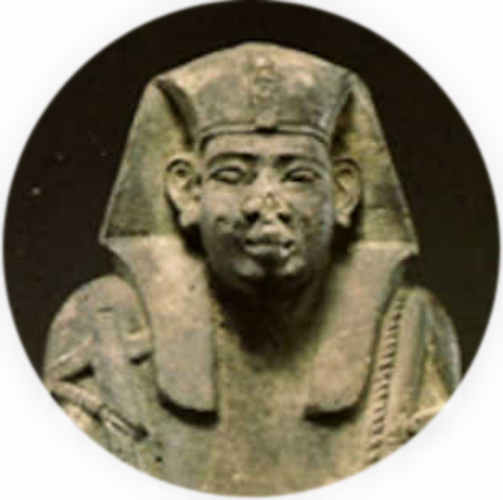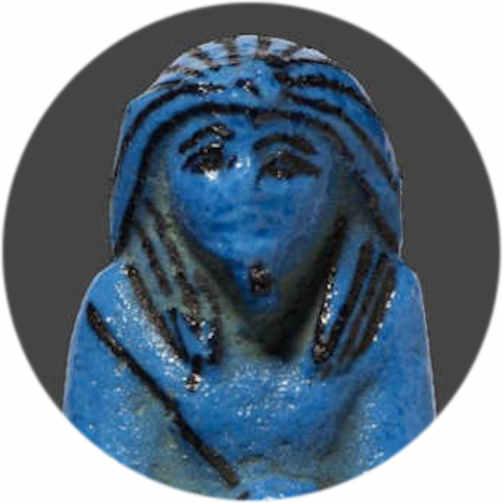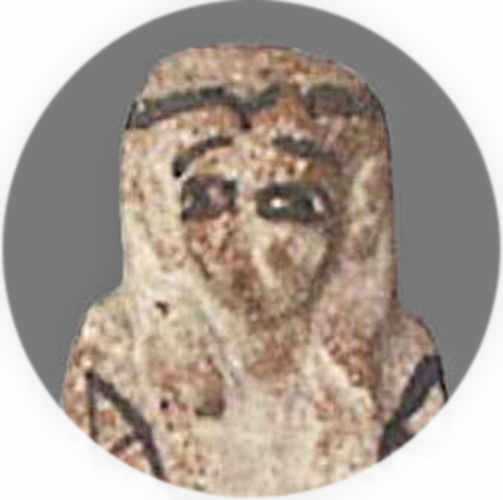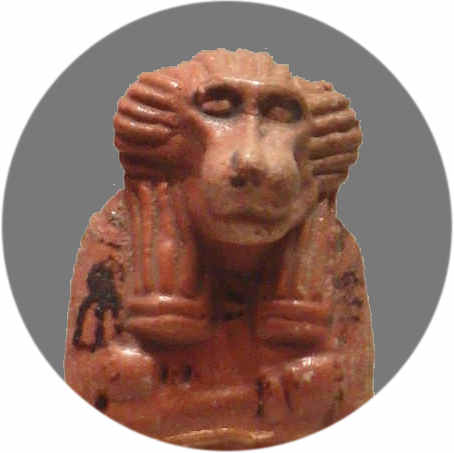What is a shabti ?
Shabtis are statuettes in human form or mummy form, generally measuring between 10 and 25 cm. The term shabti is used for statuettes made before 970 BC, while ushebti or ushabti refers to statuettes made in a later period. The literature generally refers to ‘shabtis’. Their task was to relieve their owner of any form of labour, such as farming in the Hereafter
For a dazzling two-thousand years, prosperous Egyptians took shabtis with them in their tombs. Firstly, as possible replacement for the mummies in case they should decay or perish, and secondly as servants or slaves to serve them in the afterlife
After Napoleon’s expedition at the beginning of the 19th century, Egypt became popular among archaeologists, scientists, art dealers and tourists. As a result of this, many archaeological objects such as shabtis can be found in museums, at art dealers or in private collections.
Shabti of Pharaoh Seti I.
Including lower legs and feet, it is 30 cm high, 19th dynasty, 1279 BC. It is kept in the Metropolitan Museum of Art, New York, Acc. number: 26.7.919
Photo: VB






